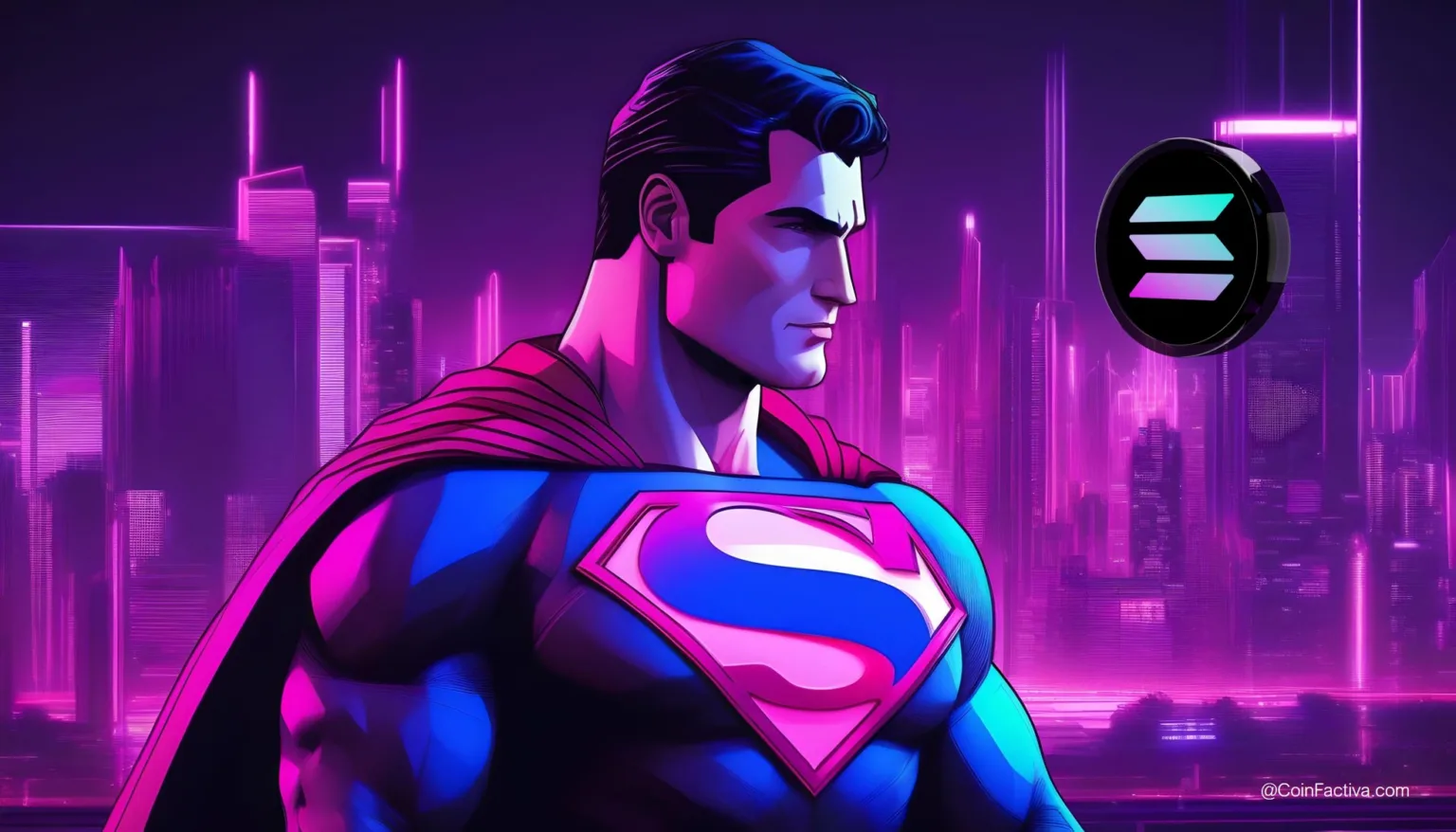Overview of MiCA Regulation
In late June, the MiCA bill regulating the crypto industry in the EU took effect. A key focus is on stablecoins and strict requirements for issuers. Algorithmic coins are banned entirely. Reserves for all other stablecoins must be held in accredited banks and fully backed by fiat or government bonds.
Tether’s Non-Compliance Issues
Tether does not meet MiCA’s key requirements because:
- The company is registered offshore (British Virgin Islands).
- USDT is backed by a mix of fiat, government bonds, tokenized gold, Bitcoin, and promissory notes.
- Information about correspondent banks is hidden from the public.
Currently, USDT is at its peak with a market cap of $113 billion. However, MiCA implementation and a similar US regulatory act will shift market dynamics. Leading Eurozone crypto exchanges, including Binance, Kraken, and OKX, have already limited USDT trading.
Circle’s Advantage
Conversely, Circle received approval, becoming the first licensed European issuer. This immediately impacted the circulation of USDC and EURC.
Ethereum’s Decline
Ethereum is the primary blockchain for USDC transactions. But it is losing ground due to slow transaction speeds and high fees compared to competitors.
Base’s Limitations
Base is limited in growth. It is a second-layer blockchain on Ethereum, launched by Coinbase.
Solana’s Potential
Solana has a strong chance to become the leading network for USDC transactions. This potential is highlighted by the Solana and VISA collaboration in a pilot project for interbank USDC exchanges. VISA appreciated the speed and low cost of Solana’s transactions.
Future Prospects for Solana
If Solana meets expectations, SOL could reach new heights. Investment firm VanEck, with $102 billion in AUM, predicts SOL could rise to $3211 by 2030 in a bullish scenario.
Overcoming Challenges
To achieve this, developers need to address periodic outages and high transaction failure rates. A new validator client, Firedancer, is expected to solve these issues. On July 10, it entered the final testing stage. The team announced a Bug Bounty program, offering up to $1 million for discovered errors.
In conclusion, MiCA’s introduction may position Solana as a leader in the crypto market, provided it overcomes technical challenges and capitalizes on regulatory opportunities.

